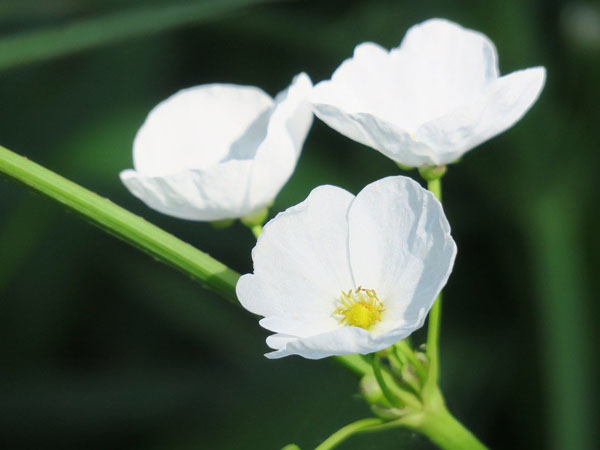The 5 Types Of Pond Plants And Which Are The Best And Worst
Learn About The Different Types of Aquatic Plants And Which Are Best And Worst For Des Moines

The 5 types of pond plants are bog, marginal, floating, emergent, and submerged. Lilies, blue flag iris, and sweetflag are a few examples.
Find out more below-
The Finishing Touches
Angela lets out a small laugh. “Plants, obviously. I want to make a plant crown for her,” she jokes. Adam smiles back. “Ok, but what kind of plants go in a pond? This is my first time owning one so I have no idea.”
Angela shrugs. “Mine, too. The pond contractor said we could look on his blog to find the types of pond plants and some examples. They’re ones that usually do well in Des Moines, too. I say we look. It worked last time for the types of koi fish.”
Adam pulls out his phone and starts searching online. Angela walks over to help him out.
Here are the types of aquatic plants they find:
The 5 Types Of Pond Plants
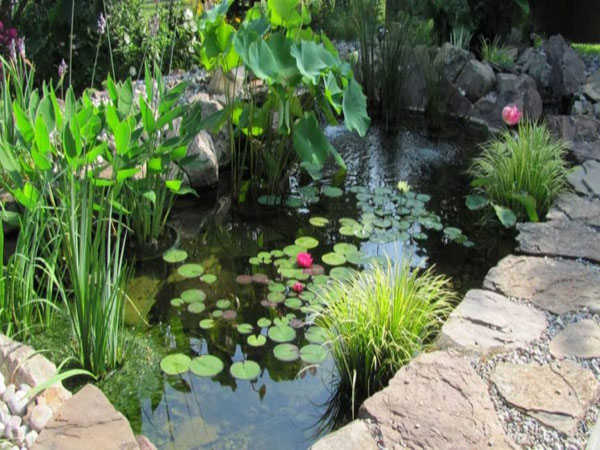
The types of pond plants are bog, marginal, floating, emergent, and submerged. They all belong in different areas of the pond, from the outer boundary to the bottom. Some examples are pickerelweed, arrowhead plants, pink sensation lilies, and hornwort.
1. Bog Plants
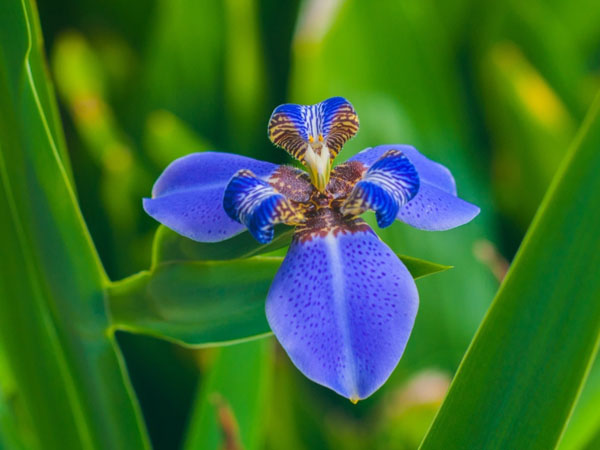
One example is the Blue Flag Iris.
These plants look elegant and delicate in ponds. They like really wet soil and a lot of sunlight. You’ll usually see them bloom in late spring and early summer. They grow to about 3 feet tall, creating a beautiful backdrop for ponds. This aquatic plant for ponds lives longer and healthier when it’s part of a colony.
2. Marginal Pond Plants
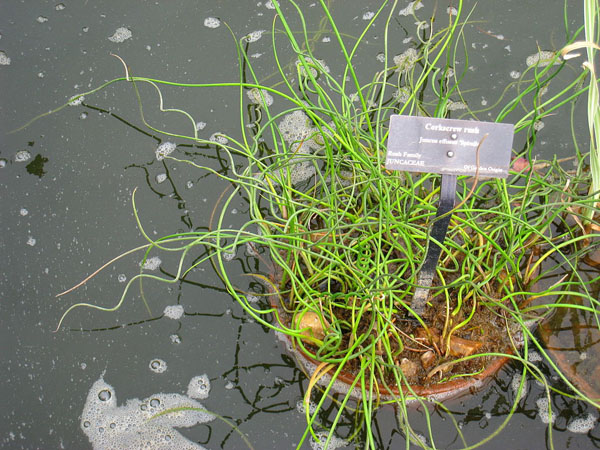
Corkscrew Rush is a great example. This is one gnarly looking plant and that’s part of what makes it so great for water features.
You could almost guess what this pond plant looks like by the name alone. Corkscrew rush is one of the aquatic plants for ponds that decorate the pond edges nearer the ground. They grow about 1 foot tall and wide. During summer they bloom in small, brownish-green clusters.
3. Floating Aquatic Plants
Floating plants like these are one of the ways to control pond algae. But, while they can help keep your pond clean and clear, they may not be best for every pond owner.
You’ll want to be careful and do your research on floating plants! Some of them, like water lettuce and hyacinth, can be invasive. They grow easily and quickly. If your state government allows them and you plant them, you’ll need to prune them regularly.
4. Emergent Plants
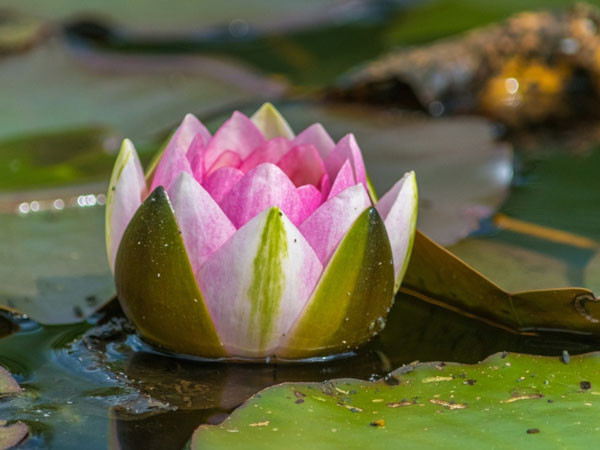
Emergent plants are some of the most beautiful. One of the best examples is the Pink Sensation Lily. It’s said to be the most beautiful of all the lilies.
And whoever says that is right! This might even be the most beautiful of the aquatic plants for ponds. Pink Sensation Lilies can bloom on the water’s surface all season long. These floating plants can even change colors as the season goes on. The flowering parts aren’t the entire plant though. Lilies can take up to 5 feet of space.
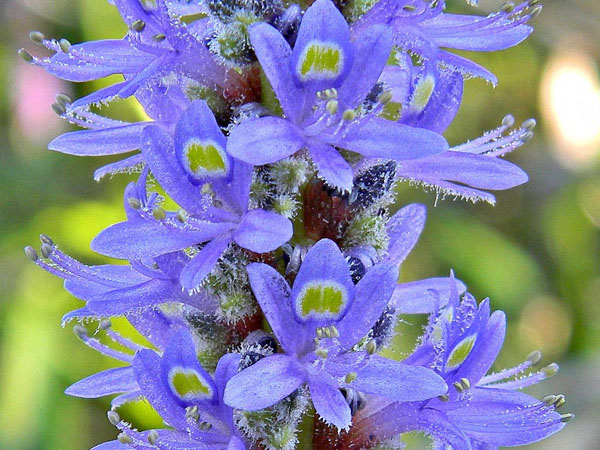
Pickerelweed is another fine choice. Their violet-blue flowers add a striking look to anywhere they grow. They can grow to be 2-3 feet tall. Fun fact- you can eat their leaves as greens in a salad and roast their seeds for snacks.
